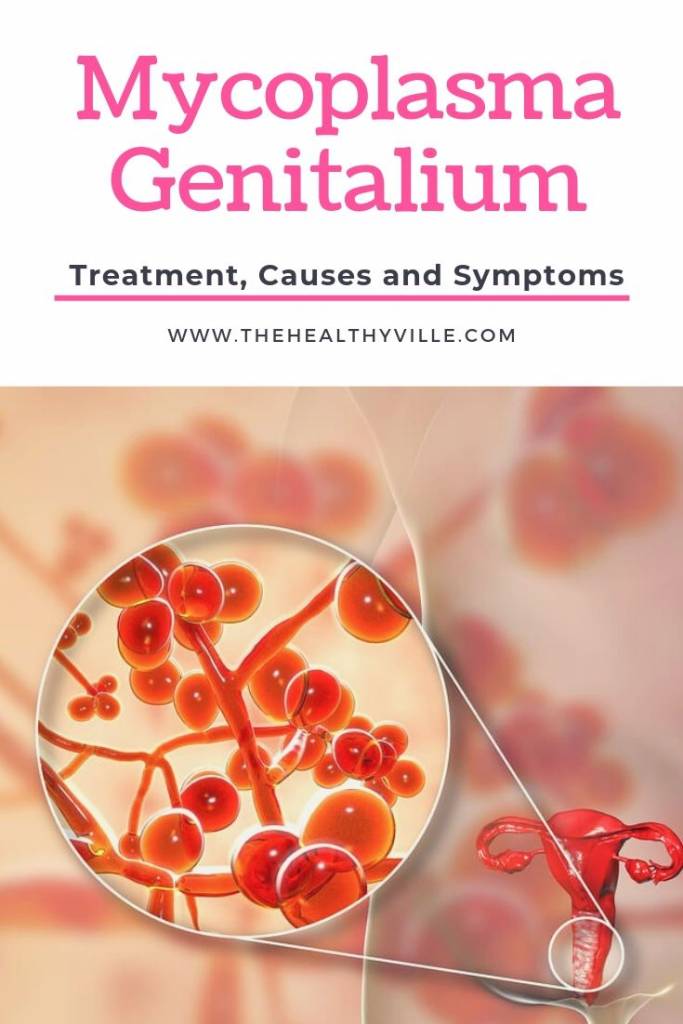Discover the mycoplasma genitalium treatment options and know the symptoms and causes before it happens to you.
The genital mycoplasma or mycoplasma genitalium is a bacterium discovered relatively recently. But it is important to know to know how to prevent the infection that causes it.
You may never have heard it, since it is a very technical and scientific name, like the names of all bacteria. Although some are more known for the greater diffusion they have had. Genital mycoplasma, on the other hand, is relatively recent in its discovery.
What is genital mycoplasma?
Since the 1980s is known, precisely since 1981, once it was identified as bacteria in two patients who suffered from a disease called urethritis, and that was not caused by the most common germ that causes them: the gonococcus.
In any case, it is not until these close years that it is confirmed with certainty, through scientific studies, that it is a bacterium that causes sexually transmitted diseases. It could be said that the study published in 2015 in the International Journal of Epidemiology is confirmation of this.
In itself, the genital mycoplasma is a bacterium that belongs to a family of bacteria “Mycoplasma”. In this family we can also mention the Mycoplasma pneumoniae and the Mycoplasma hominis. It is the smallest bacteria we know that can live independently, and the second smallest of all known by humans to this day.
The bacterium behaves like a parasite in human cells, inhabiting cells of the respiratory system and the reproductive system. It is therefore difficult to diagnose their infection, since it does not appear in conventional microscopes for diagnostic tests, and cultivating it requires highly specialized laboratories.
The causes of genital mycoplasma
Within this family of mycoplasmas, the genital mycoplasma is the one that finds its place of nesting in the cells of the reproductive system of the human being, so we can consider it a sexually transmitted disease (STD).
Therefore, we understand that the contagion relates to sexual practices and relationships, where a human being who carries the bacteria transmits it to another. Through the fluids exchanged in vaginal, anal or oral relationships, the bacteria can pass from one host to another.
This, of course, happens if there are two conditions: that one of the participants in the sexual relationship has with genital mycoplasma, and that the mechanisms of adequate protection (such as a condom, for example) are not being used during the relationship.
Certain people will have more risk of getting the infection than others. As we said, those who do not use condoms in their sexual relationships. Also those who use sex toys in their meetings and do not take the basic hygienic measures for them.
The condom is the most effective method to prevent genital mycoplasma.
The condom is the most effective method to prevent this infection. Those who do not use it when having sex have a high risk of infection.
Symptoms of genital mycoplasma infection
Mycoplasma tends to hide, due to its small nature and its parasite status. It may happen that the infected person does not manifest symptoms initially. In general, the bacterium takes between 1 to 3 weeks, since it enters the body, to manifest itself.
We must differentiate the symptoms that appear in the man from those that appear in the woman. In men, the most common presentation is the disease “urethritis,” that is, an inflammation in the urethra, which is the tube that carries urine from the bladder to the outside of the body. In women, the most common presentation is “cervicitis”, that is, an inflammation of the cervix.
The male can feel:
- Burning when urinating and even pain
- Itch
- Secretions through the urethra to the outside, looking very different from urine
The woman can feel:
- Vaginal itching
- Pains in the pelvic area
- Bleeding during sexual intercourse
- Increased vaginal discharge with changes in odor
- Discomfort when urinating
Recent scientific studies have been associating genital mycoplasma infection with infertility, if it has not been treated in time. And in pregnant women can advance labor, or cause a miscarriage.
Mycoplasma genitalium treatment
Because the accurate diagnosis of genital mycoplasma infection is difficult and is not always available, nor in a short time, medical protocols indicate the completion of an empirical treatment for patients with symptoms of mycoplasma genitalium.
In other words, as a mycoplasma genitalium treatment, your doctor should prescribe antibiotics before confirmatory diagnostic test. These drugs should be those that have already been proven capable of eliminating the most frequent pathogens of STDs.
A person with the symptoms listed above, will probably receive antibiotics of two different varieties. The treatment scheme will be a single dose or up to seven days. If the symptoms persist after this empirical treatment, the doctor will indicate a second round of antibiotics, with drugs of different spectrum.
In addition to antibiotics, a fundamental part of the treatment is the suspension of sexual relations until the eradication of the infection. The joint treatment of the sexual partner (s) of the infected person, to prevent reinfection is also important.
Don’t forget to SHARE the mycoplasma genitalium treatment with your friends and family on your social networks!

